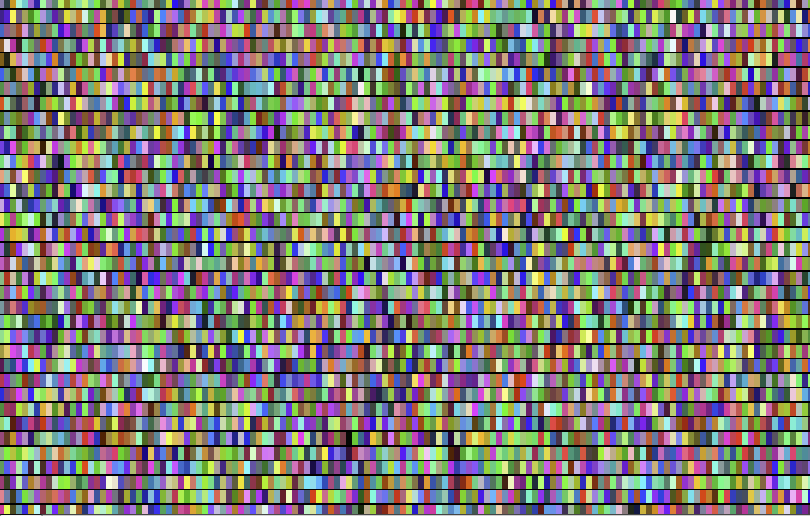What happens if you grow slime mold on electrodes hooked into a sound oscillator? This, evidently. Slime mold music. Science!
The recorded signals from the electrodes were eventually fed into an audio oscillator, with each recording representing a different frequency. By mixing the sounds generated from all of the recordings the researchers were able to create an eerie type of music – reminiscent of the sound effects used on early science fiction movies. As an added feature, the researchers report that they can cause different sounds to be generated by shining light on different parts of the mold, in effect tuning their bio-instrument to allow for the creation of different types of music.
I’ll picture the setup looking something like a Bleep Labs Bit Blob.
(Via arXiv)



